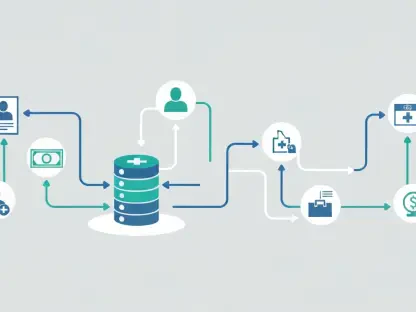Software plays a pivotal role in today’s society, underpinning critical functions in various vital sectors. Given the complexity of software systems and the human factor involved in their creation, the potential for errors is high, making software testing an essential part of the development process. With the increasing complexity of software, the likelihood of defects also increases, rendering thorough testing not just beneficial but a necessity. Testing at every stage of development aims to identify and correct issues early, reducing potential risks and ensuring the reliability of the software. The process of software testing serves as a proactive measure to protect systems and avoid the significant costs, both financial and reputational, associated with software failures. Despite the impossibility of guaranteeing perfection, the role of testing remains critical in developing stable, functional applications that are integral to modern society’s infrastructure.
The Importance of Software Testing
The Ubiquity of Software Systems
The reliance on software spans across all areas of our lives, controlling personal devices, and essential infrastructure. The operation of hospital systems and financial networks, for instance, is critical; disruptions in these areas can be costly and dangerous. Historical incidents like the Therac-25 radiation therapy machine catastrophe and the Ariane 5 rocket’s explosion underscore the potential dire consequences of inadequate software testing. These cases highlight the devastating impacts of errors in software development and testing, emphasizing the need for rigorous and continuous quality assurance in software creation.
Understanding Software Defects
Defects in software typically arise from human errors during development. Minor oversights can escalate into significant defects causing system malfunctions. A strong distinction is made between human mistakes, software defects, and system failures. It is essential to proactively address these through detailed and diligent software testing, which helps catch errors early and prevents them from becoming more severe issues that could compromise performance or integrity.
The Software Testing Lifecycle
Planning and Control
The Planning and Control phase is where the testing strategy is formulated, setting the goals and determining the scope of the tests. This planning ensures efficient resource use, adheres to timelines, and maintains clarity of the desired outcomes. The test plan established in this phase dictates the protocols, tools, and schedules for the testing process.
Test Analysis and Design
In the Test Analysis and Design phase, detailed test conditions and cases are created to thoroughly assess the software against multiple use cases. The test design must encompass a diverse range of tests to ensure comprehensive evaluation and should prioritize cases based on factors such as criticality and user frequency.
Implementation and Execution
During the Implementation and Execution phase, the planned scenarios are carried out, and results are recorded. This hands-on phase is crucial for verifying the software’s features and capabilities, highlighting the importance of documenting outcomes for future reference.
Evaluating Exit Criteria and Reporting
The Evaluating Exit Criteria and Reporting phase involves assessing the test results against predefined criteria to determine the readiness of the software for release. This stage dictates whether more testing is required based on whether critical features have been adequately tested and if significant bugs remain.
Test Closure Activities
Finally, in the Test Closure Activities phase, the testing lifecycle is brought to a strategic conclusion, with documentation of test outcomes and archiving of materials. This stage also includes analysis for future improvements, ensuring the lessons learned enhance subsequent software releases.
Independence in Software Testing
The Degrees of Testing Independence
Testing independence is highly beneficial as it introduces an unbiased perspective that can often uncover problems that the original development team might overlook. Independent testers or external firms offer a rigorous and wide-ranging set of evaluations that simulate a variety of user behaviors, leading to higher quality and more reliable software products.
The Impact of Independent Testing
Independent testing ensures an objective review of the software, minimizing biases and focusing on the overall quality. Maintaining separation between development and testing encourages a professional dynamic where testers provide developers with valuable insights, improving the final product.
The Complexity of Test Conclusions
Determining the End of Testing
Deciding when to end testing is complex and requires test managers to weigh the thoroughness of feature testing against the time, resources, and risks of releasing a product with unresolved defects. This marks a strategic balance that must be carefully managed.
Cost-Benefit Analysis in Testing
Performing a cost-benefit analysis is key to deciding when to stop testing. Managers must evaluate if the benefits of further testing justify the expenditure and if such testing adds significant value to the product or simply leads to diminishing returns.
Psychology and Ethics in Testing
Tester Mindsets and Team Dynamics
Fostering a mindset focused on critical evaluation and the continuous pursuit of quality is essential in testing. Building a supportive partnership between testers and developers is crucial, where both teams collaborate to improve the quality of software.
Ethical Considerations for Testers
Ethical conduct in testing is paramount, as testers must operate with integrity and contribute to the welfare of the public. Adhering to ethical standards aids in building trustworthy software, underscoring the tester’s responsibility to both their employer and society.









